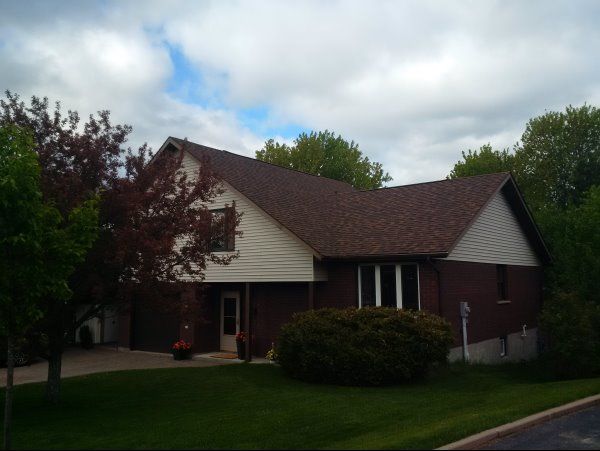
Premier Inspections
Sudbury ON P3E 6H8

Summary
| Client(s): | Kevin Bouffard |
| Property address: | 9 Kensington Place Sudbury ON |
| Inspection date: | Friday, May 22, 2015 |
This report published on Friday, October 19, 2018 11:14:03 AM EDT
GENERAL SUMMARY COMMENTS
This home seems very well maintained with most issues being minors ones that are easily rectified with minor expense.
The backyard area is worth asking the home owners about. The items to discuss should include the state of the pool, the passive solar water heating system on the roof as well as the areas of patchy grass in the back yard as these items falls outside of the scope of the home inspection. As well, the missing supports appear to be a work in progress. Inquiry should be made of the home owner as to the history and nature of the work done under the deck in regards to the support posts.
The repaired crack in the foundation appears to be well sealed at there did not have any signs of active water infiltration at the time of the inspection. But inquiry should be made as to the history of this defect and if any water infiltration issues have happened in the past. There did not appear to be any active leaking in the basement from this defect. But due to the basement being a finished space, I was unable to see the foundation wall to examine further.
At the time of the inspection, the effectiveness of the in-floor heating in the family room could not be determined.
For the most part this house has been kept up to date and is well maintained.
Grounds
http://www.reporthost.com/?LB
http://www.reporthost.com/?SD
Roof
Electric
- Outdoors (since 1973)
- Bathrooms (since 1975)
- Garages (since 1978)
- Kitchens (since 1987)
- Crawl spaces and unfinished basements (since 1990)
- Wet bar sinks (since 1993)
- Laundry and utility sinks (since 2005)
http://www.reporthost.com/?GFCI
http://www.reporthost.com/?SMKALRMLS
http://www.reporthost.com/?COALRM
Kitchen
Bathrooms, Laundry and Sinks
http://www.reporthost.com/?DRYER
Interior, Doors and Windows
